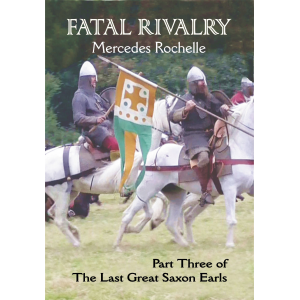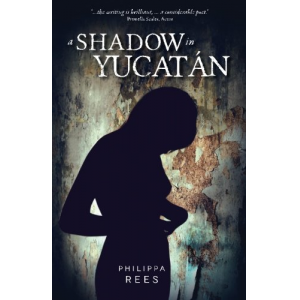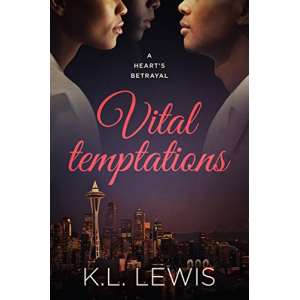- Author
- Book
- Story behind the book
- Media Links
- Reviews

Carolyn Allen
About
I am a midwife, counsellor and therapist who helped introduce the work of American psychologist Carl Rogers to the UK.
I am also an artist who painted an eighty foot mural of the River Thames in Dolphin Square, London, and who has exhibited in both the UK and Australia, a pianist and a jazz singer and, more unusually, through my interest in physics and astrology, I am the local sightings officer for a Brisbane UFO organisation.

Fatal Rivalry: Part Three of The Last Great Saxon Earls
Description
<p>In 1066, the rivalry between two brothers brought England to its knees. When Duke William of Normandy landed at Pevensey on September 28, 1066, no one was there to resist him. King Harold Godwineson was in the north, fighting his brother Tostig and a fierce Viking invasion. How could this have happened? Why would Tostig turn traitor to wreak revenge on his brother?<br />The Sons of Godwine were not always enemies. It took a massive Northumbrian uprising to tear them apart, making Tostig an exile and Harold his sworn enemy. And when 1066 came to an end, all the Godwinesons were dead except one: Wulfnoth, hostage in Normandy. For two generations, Godwine and his sons were a mighty force, but their power faded away as the Anglo-Saxon era came to a close.</p>
Story Behind The Book
The book is about my father who died in 2009 and was a pioneer in plastic / reconstructive surgery. In his later years he told me about his experiences in India, Burma and the Far East during the war and I wanted to capture both those and my impressions of him.
Media Links
Reviews
"<span style="font-family:Arial;font-size:10pt;" lang="en-gb" xml:lang="en-gb">I just found this book fascinating, in small ways, like entering a secret garden. Carolyn Allen captures her father as a person so well - and indeed he captures himself pretty well too. The book is full of quirky little stories which I found endearing, intriguing and constantly surprising. It's a wonderful book, very hard to categorise. You almost feel like you have been chatting with John Watson for hours, perhaps sitting in his idyllic garden as it got dark, which must have been a highly entertaining experience as he was a superb raconteur. Well, he was probably more of a 'ranconteur' - somebody you meet by chance who captivates you for an evening, and then moves on to the rest of his life. I think he would have been very proud of his daughter in writing this, but he may well not have openly shown that he was</span>," Tim Roux, author of 'Missio' and 'The Dance of the Pheasodile'.






